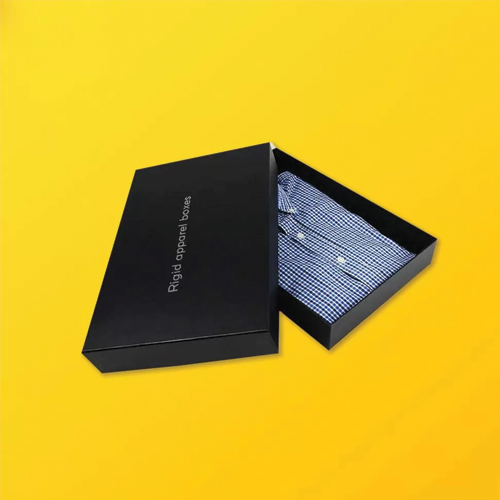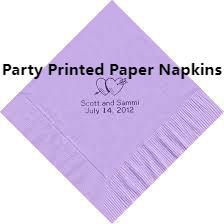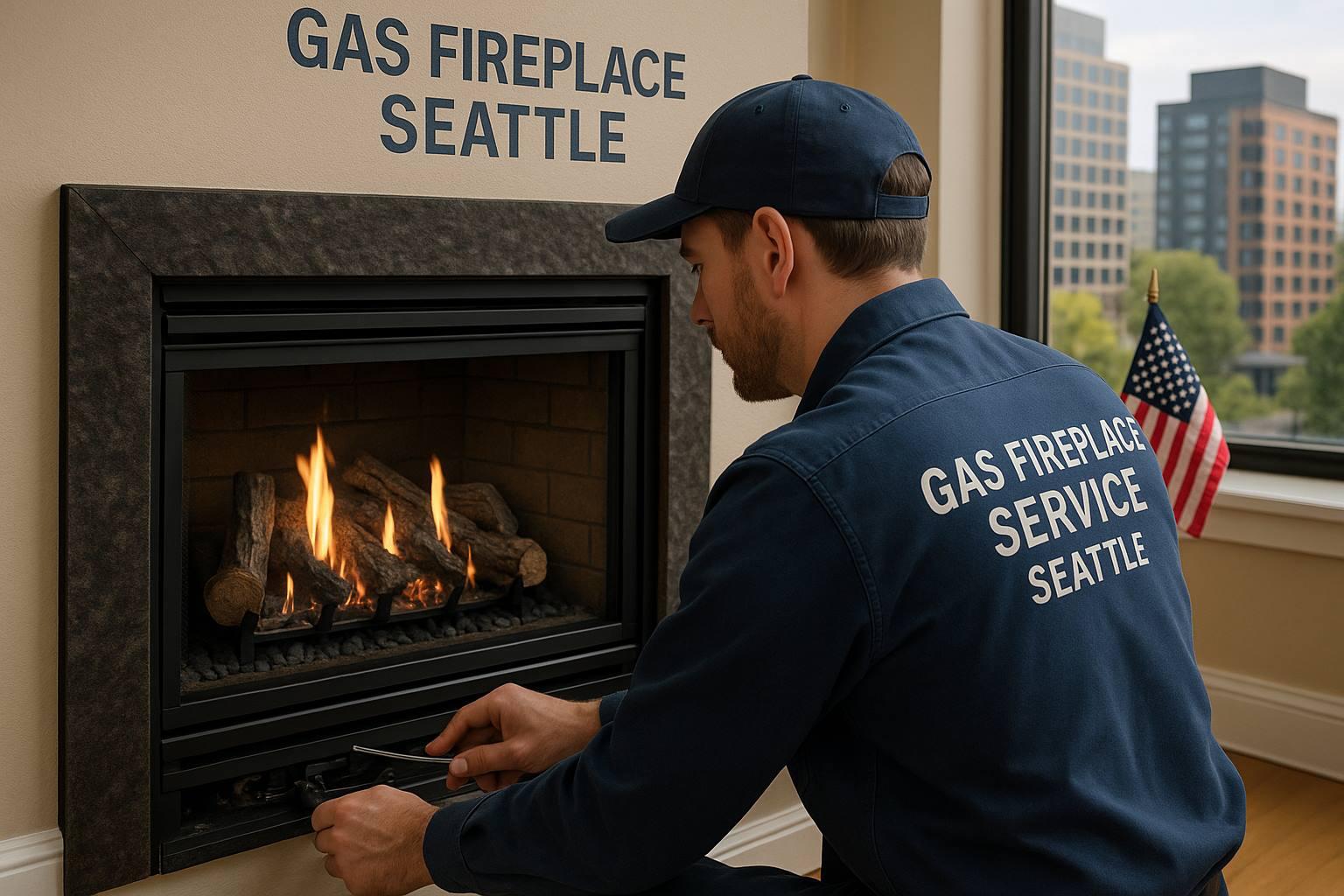The Art of Presentation: A Deep Dive into Apparel Boxes

Apparel boxes are far more than simple containers; they are a critical extension of a clothing brand's identity, playing an essential role in protection, presentation, and the overall customer experience. In the highly competitive world of fashion and retail, the packaging a garment arrives in can be just as impactful as the garment itself. From luxury designer wear to everyday basics, the humble apparel box serves as the final, tangible touchpoint between a brand and its customer, setting the stage for the unboxing moment that so often influences perception and repeat business.
Defining the Role of Apparel Packaging
Apparel boxes are specifically engineered packaging solutions designed to house various clothing items, including shirts, dresses, ties, scarves, lingerie, and footwear. Their primary functions are threefold: protection, presentation, and promotion.
-
Protection: Clothing, especially delicate fabrics or structured items, needs protection from dust, moisture, and creasing during transit and storage. Custom Apparel boxes, particularly those made from sturdy corrugated or rigid board, ensure the product arrives in pristine condition, a non-negotiable expectation for modern consumers.
-
Presentation: In e-commerce, the box often replaces the in-store experience. A well-designed box transforms a mundane delivery into a memorable event. Features like custom inserts, tissue paper, and magnetic closures elevate the perceived value of the product inside.
-
Promotion (Branding): The exterior and interior of the box are prime real estate for branding. A distinctive box featuring a logo, brand colors, unique textures, and a compelling design acts as a silent salesperson, reinforcing brand recognition and ethos.
The Diverse Landscape of Apparel Box Materials
The selection of material is pivotal, as it dictates the box's durability, cost, sustainability, and aesthetic appeal. Apparel packaging generally falls into four main categories based on construction:
1. Folding Cartons (Paperboard)
These are the most common and cost-effective type, typically used for lighter items like shirts, ties, and underwear. They are made from thin paperboard that is cut, creased, and shipped flat, allowing retailers to save on storage and shipping costs. They offer excellent surfaces for high-quality printing and graphics.
2. Corrugated Boxes (Shipping Boxes)
Characterized by their fluted inner layer sandwiched between two linerboards, corrugated boxes provide superior strength and cushioning. These are essential for shipping heavier or bulkier items, multi-item orders, and are the standard for e-commerce deliveries. They are also highly favored for their recyclability and sustainability.
3. Rigid Boxes (Set-up Boxes)
The epitome of luxury packaging, rigid boxes are constructed from thick paperboard (often four times thicker than folding cartons) and are permanently assembled. They offer an unparalleled sense of quality and are used for high-end items like designer shoes, fine jewelry, and premium gift sets. While more expensive, they deliver a maximum 'wow' factor during unboxing.
4. Kraft Boxes
Made from uncoated virgin pulp, kraft paper offers a natural, rustic, and increasingly popular aesthetic. Due to their high content of recycled or virgin, unbleached fibers, they appeal to environmentally conscious brands and customers. They are sturdy and convey an organic, sustainable brand message.
Customization: The Core of Effective Apparel Packaging
To truly stand out, brands leverage extensive customization options that transform a generic box into a proprietary asset. The three main pillars of customization are Structure, Graphics, and Finish.
Structural Customization
This involves tailoring the physical design of the box to the specific product and brand need. Key structural features include:
-
Box Style: Common styles include the two-piece lid-and-base (for rigid boxes), the mailer box (with interlocking flaps, ideal for e-commerce), and the sleeve-and-tray design.
-
Size and Inserts: Ensuring the box size is optimized to reduce empty space not only saves material but also minimizes product shifting during transit. Custom-cut foam, paper, or cardboard inserts can be used to hold garments or accessories neatly in place.
-
Closures: High-end boxes often feature magnetic closures, ribbon pulls, or custom-cut finger notches to enhance the tactile experience.
Graphic Customization (Printing)
The visual elements are what capture attention. Brands utilize the entire surface, inside and out, for their narrative:
-
Logo and Brand Identity: High-resolution printing of the logo, tagline, and brand patterns.
-
Color Palette: Using the brand's signature colors to establish instant recognition.
-
Interior Printing: Printing a unique pattern or a personalized message on the inside of the box adds an element of surprise and delight upon opening.
Finishing Customization
Finishes add a layer of sophistication and texture, elevating the visual and tactile quality of the box:
-
Lamination: Applying a thin plastic film (gloss or matte) to protect the print and add a specific sheen or softness.
-
Spot UV: A high-gloss coating applied to specific areas (like the logo) to make them stand out against a matte background.
-
Foil Stamping: Applying a metallic or colored foil with heat and pressure to create a luxurious, reflective effect. Gold, silver, and holographic foils are popular choices.
-
Embossing/Debossing: Creating a raised (embossing) or recessed (debossing) three-dimensional effect for the logo or text, adding a premium feel.
Sustainability and the Future of Apparel Boxes
The contemporary consumer, particularly in the fashion sector, is acutely aware of environmental impact. This has made sustainability a major driving force in apparel packaging design. Brands are increasingly moving away from unnecessary plastic components and embracing eco-friendly options.
-
Recycled Content: Using packaging made from Post-Consumer Waste (PCW) cardboard or paperboard.
-
Minimalist Design: Reducing the amount of material and ink used.
-
Compostable Materials: Exploring biodegradable or compostable packaging alternatives.
-
Reusability: Designing boxes that are sturdy and attractive enough for the customer to reuse for storage, giving the packaging a second life and extending brand visibility.
The future of apparel packaging lies in a balance of luxury, protection, and responsibility. The box must protect the product, but it must also protect the planet.
The Unboxing Experience: Maximizing Customer Delight
The rise of social media and "unboxing" videos has cemented the apparel box's role as a vital marketing tool. An exceptional unboxing experience is intentional, not accidental. It involves a layered approach:
-
Initial Impression: The exterior of the shipping box (often corrugated) must be clean and professionally branded.
-
The Reveal: Opening the outer box to reveal the primary, customized apparel box or a burst of branded tissue paper.
-
Sensory Elements: Including a gentle scent, a personalized, hand-signed note, or a small, branded gift (like a sticker or sample).
-
The Climax: The moment the garment is unveiled, lying neatly folded or wrapped, often secured with a branded ribbon or seal.
In conclusion, an apparel box is a strategic investment. It is the silent ambassador of a brand's quality and values. By carefully selecting the right material, utilizing thoughtful customization, and prioritizing sustainability, brands can ensure their packaging elevates the perceived value of their clothing, drives customer satisfaction, and fosters long-term brand loyalty. The box is not the final step in the logistics chain; it is the beginning of the customer's personal relationship with the product.






